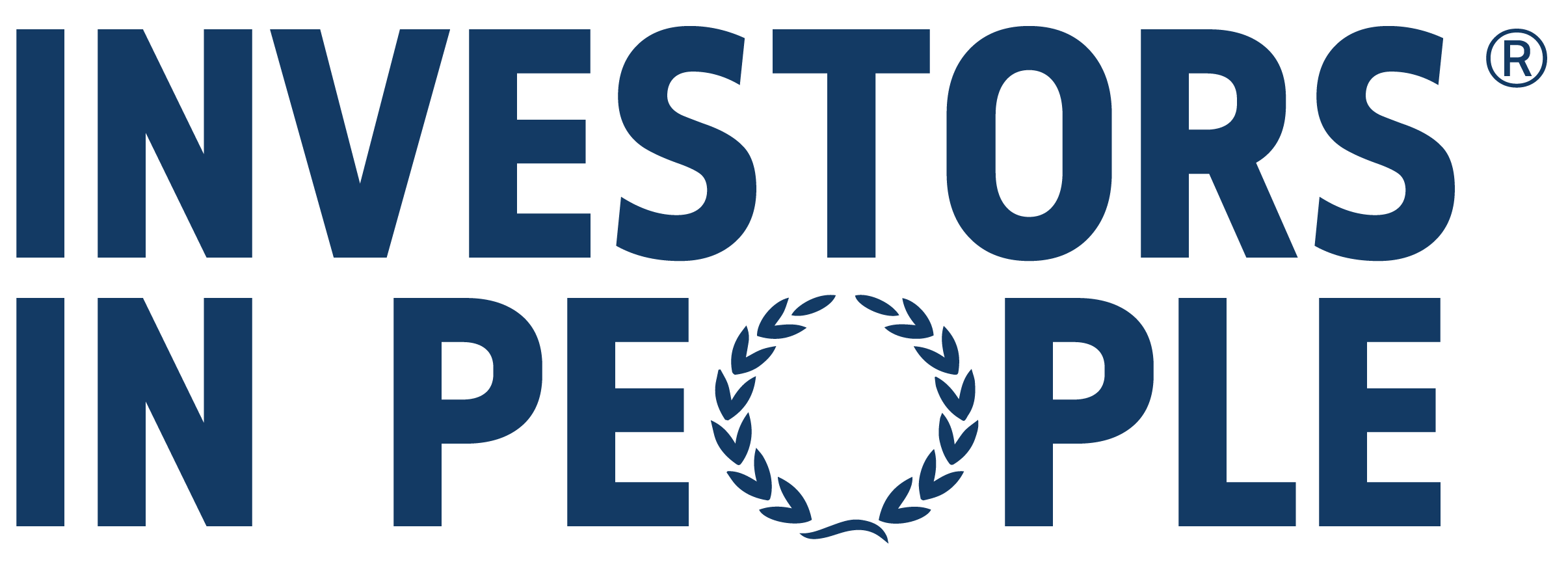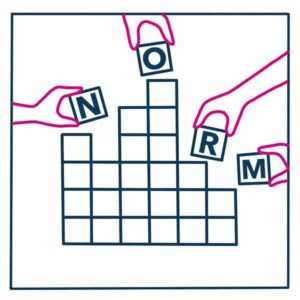What goes into making a good decision?
Well, you need to judge every potential decision so the best one emerges.
But if you don’t know how to make those decisions critically, then you could end up making bad ones.
So if you – or your team – can’t critically analyse decisions, it’s time to do something about it.
We’re making more decisions because we’re part of a much bigger and much flatter network.
Workplaces are getting flatter.
Stuff gets done not through central managers acting as gatekeepers, but in conversations and through relationships.
So now everyone’s a gatekeeper. We’re talking all day on email and on Slack. We’re part of cross-functional projects. We’re connected to everyone else.
Which is fantastic. It means we can meet someone in the morning and be working together by lunchtime.
But it also means we become critical ‘nodes’ in the network of success. We all maintain the flow of energy, information and productivity throughout the organisation.
So we’re making more decisions, more often and they’re more important.
We make more decisions because our roles are bigger; everyone’s a generalist now.
Division of labour is a rule in economics that, put simply, says that “people should do what they do best.”
And because we can’t be good at lots of things, we specialise in one thing. That’s how we get good at something.
But the world has changed. The route to success has shifted. We’re more connected than ever before, making relationships critical to success.
In other words, there are more dependencies on you. You do more. You work with more people. Your role in value creation is more complex.
Which comes back to you making more decisions, with greater consequences.
So how do you make sure you make the right one?
Judging decisions is partly working with your psychology, partly looking at the context and partly looking at the decision itself.
So if your decision passes this litmus test, then you’ve got it.
1.If the decision survives all your moods (and your lack of headspace)
If you’re tired, the easiest decision seems best.
But if it also seems best when you’re full of energy, it gets brownie points.
Decisions that only seem good when you’re angry or sad or upset or hungry should raise a red flag.
And if your brain is fried after a long day. Put off any decisions.
Lack of headspace makes it very hard to judge decisions.
So, if it’s still a good idea in the morning, it’s got potential.
2. If the decision passes the ‘shiny penny’ test and the ‘simplicity’ problem
People naturally value novelty and newness. Yet while new ideas may seem innately more valuable, they have no more inherent worth than older ideas.
Our brains also tend to value simple solutions over complex ones: they seem more elegant, after all.
But solutions that seem elegant do not always translate to real-world results.
The devil is in the detail and the detail is rarely elegant, nor simple.
3. If the answer to ‘cui bono?’ isn’t extreme
Cui bono?
It’s a latin phrase that means ‘to whom is it a benefit?’ and it helps solve crime by looking at who has the strongest motive.
In a complex world, decisions must be balanced. Good decisions are grounded in compromise.
Not only between people, but between resources. Between internal and external stakeholders. Between today and tomorrow.
Decisions that concentrate power or resources or success in one area may be the best solution at the time, but they require more justification.
This is also about self-interest. It’s easy to unwittingly make decisions that benefit ourselves.
The common example is making decisions to avoid confrontation and to keep everyone happy.
But that’s rarely the best solution in the long-term.
4. If the assumptions have been checked out
All ideas and decisions are based on knowledge. But this knowledge could be built on sand.
You need to identify and understand the assumptions you’re basing your ideas or decisions on.
Maybe they’re logical and sound. Or maybe they’re influenced by your cognitive biases (we all have them).
The more you learn about your own cognitive biases, the more you’ll be able to disregard ideas based on poor assumptions.
5. If the downsides are obvious (and can be mitigated)
We tend to judge ideas on what is most good rather than what is least bad.
Of course there’s no such thing as a perfect idea. But good ideas have known downsides. With clear actions to mitigate them.
Never make a decision if you can’t identify its downsides. This means that you don’t know what the consequences will be.
The future is unpredictable, of course, but mitigating downsides makes it just that tiny bit more predictable.
6. If it translates from abstract to real world
Amateur writers are often told that the worst book is superior to the best concept.
In other words, you get no brownie points for carrying ideas in your head.
What sounds good in your head may be unsuitable when it’s down on paper. A common problem with otherwise ‘good ideas’ is that they are too hard to communicate to others.
Which is, of course, a significant problem in organisations, where we all work together to implement solutions.
Decisions must be understood by others.
If you can’t explain it in simple terms, however complex the decision, maybe you don’t quite understand it yourself.
Decisions are much easier to make if your brain’s not fried. You need to improve and increase your headspace.






